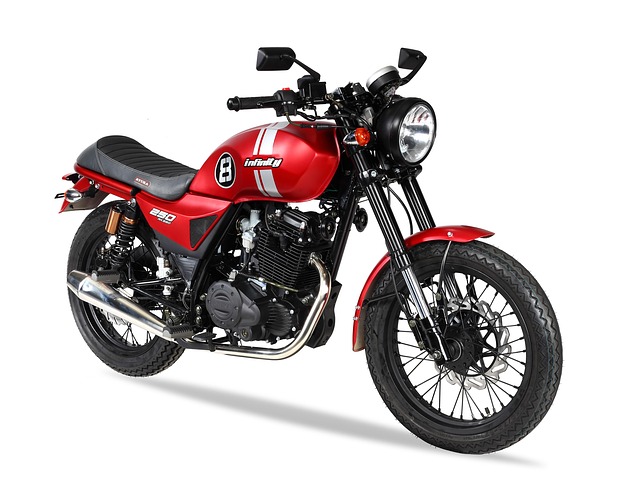
Motorcycle Engines Explained
Introduction
Motorcycle engines are the heart of any bike, driving performance and defining the riding experience. Understanding the different types of engines and how they operate can enhance your appreciation for motorcycles, whether you're a seasoned rider or a newcomer. This article will break down the main types of motorcycle engines, their components, and how they function.
Types of Motorcycle Engines
Motorcycle engines primarily fall into two categories: two-stroke and four-stroke. Each type has its own characteristics, advantages, and disadvantages.
Two-Stroke Engines
Two-stroke engines complete a power cycle in just two strokes of the piston (one crankshaft revolution). This design allows for a simpler engine with fewer moving parts. The main features include:
- Power Output: Two-stroke engines are known for their high power-to-weight ratio, making them popular in racing and off-road applications.
- Weight: Generally lighter than four-stroke engines, contributing to better handling.
- Lubrication: Oil is mixed with fuel, which can lead to higher emissions and less fuel efficiency.
Four-Stroke Engines
Four-stroke engines require four strokes of the piston to complete a power cycle (two crankshaft revolutions). This design is more complex but offers several advantages:
- Fuel Efficiency: More efficient fuel consumption compared to two-stroke engines.
- Emissions: Generally produce fewer emissions, making them more environmentally friendly.
- Durability: Typically last longer due to better lubrication and less wear on components.
Other Engine Types
While two-stroke and four-stroke engines dominate the motorcycle market, other types also exist:
Wankel Engines
These rotary engines use a triangular rotor instead of pistons. They are compact and lightweight, offering smooth power delivery but are less common in motorcycles.
Electric Motors
With the rise of electric vehicles, electric motors are becoming increasingly popular in motorcycles. They provide instant torque and are quiet, but range and charging infrastructure remain challenges.
Key Components of Motorcycle Engines
Understanding how motorcycle engines work requires a look at their key components:
- Piston: Moves up and down within the cylinder, compressing the air-fuel mixture for ignition.
- Cylinder: Houses the piston and is where combustion occurs.
- Crankshaft: Converts the linear motion of the piston into rotational motion to drive the wheels.
- Camshaft: Controls the opening and closing of the engine's valves, allowing air and fuel in and exhaust out.
- Valves: Regulate the flow of air and fuel into the cylinder and exhaust gases out.
How Motorcycle Engines Operate
The operation of a motorcycle engine can be broken down into several stages:
Intake
The engine draws in air and fuel through the intake valves.
Compression
The piston moves up, compressing the air-fuel mixture in the cylinder.
Power
A spark ignites the mixture, forcing the piston down and creating power.
Exhaust
The piston moves back up, pushing exhaust gases out through the exhaust valves.
Conclusion
Motorcycle engines are a fascinating blend of engineering and performance. Whether you prefer the raw power of a two-stroke or the efficiency of a four-stroke, understanding the mechanics behind these engines can enhance your riding experience. As technology evolves, new engine types like electric motors are reshaping the landscape, promising exciting developments in the world of motorcycles.

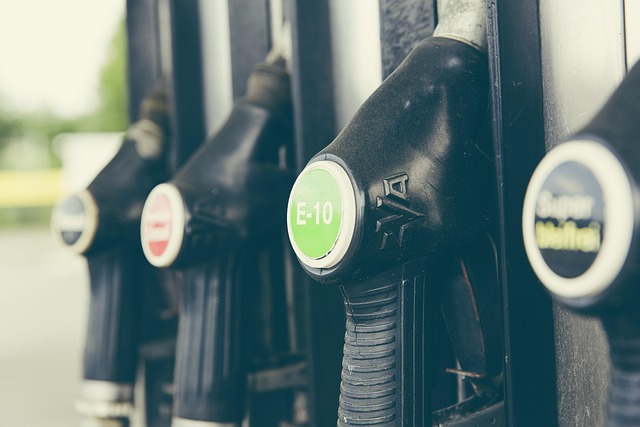


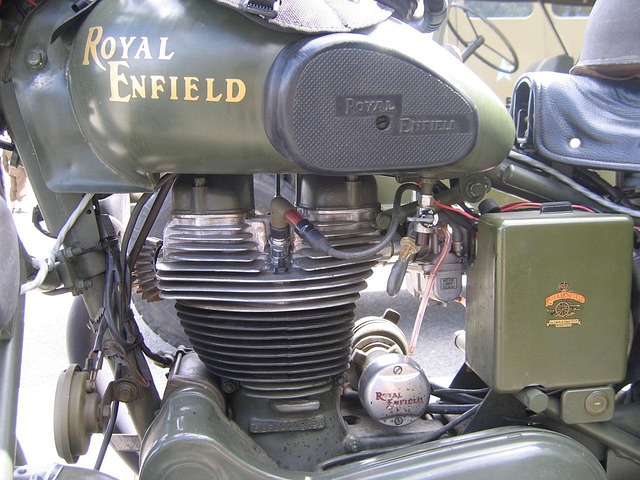
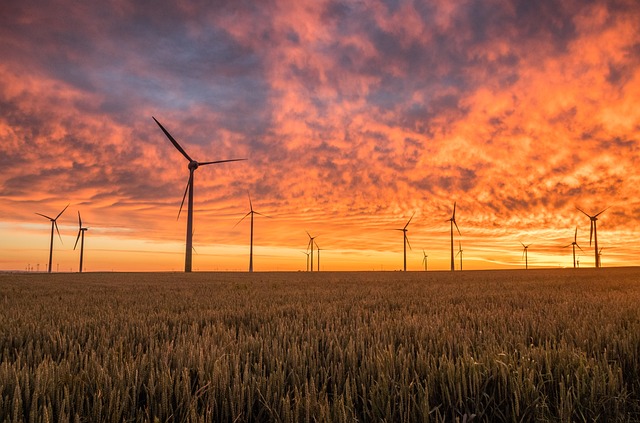
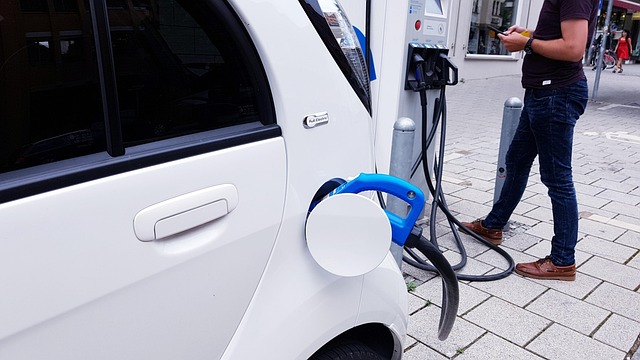


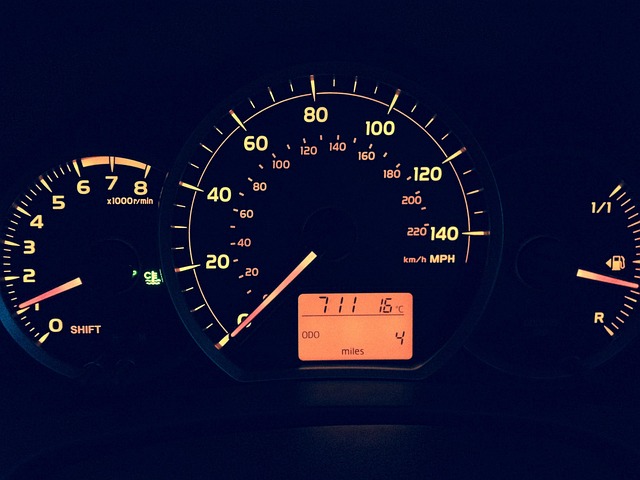


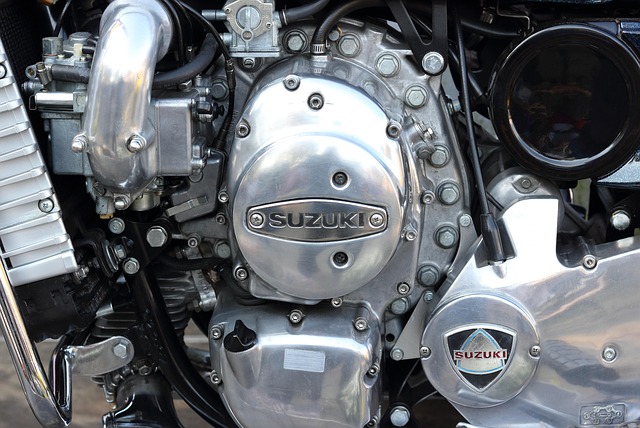



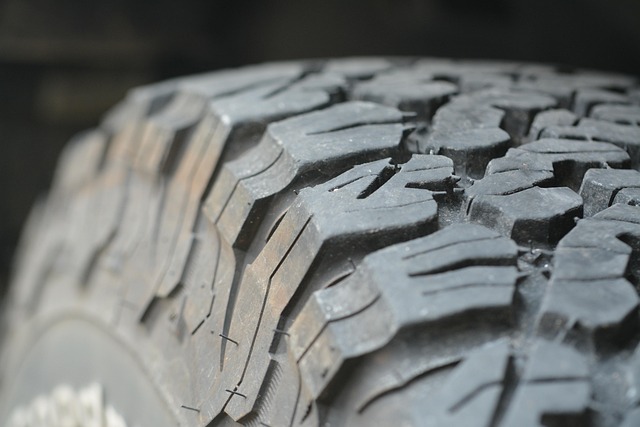



 Luxury Cars of Lexington
Luxury Cars of Lexington 
 Health
Health  Fitness
Fitness  Lifestyle
Lifestyle  Tech
Tech  Travel
Travel  Food
Food  Education
Education  Parenting
Parenting  Career & Work
Career & Work  Hobbies
Hobbies  Wellness
Wellness  Beauty
Beauty  Cars
Cars  Art
Art  Science
Science  Culture
Culture  Books
Books  Music
Music  Movies
Movies  Gaming
Gaming  Sports
Sports  Nature
Nature  Home & Garden
Home & Garden  Business & Finance
Business & Finance  Relationships
Relationships  Pets
Pets  Shopping
Shopping  Mindset & Inspiration
Mindset & Inspiration  Environment
Environment  Gadgets
Gadgets  Politics
Politics 